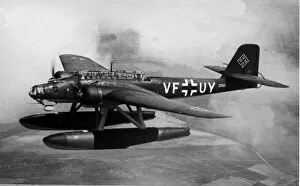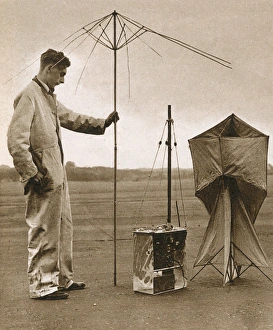Heinkel Collection (page 3)
During the tumultuous era of World War II, the skies above Forth witnessed a breathtaking display of aerial prowess
All Professionally Made to Order for Quick Shipping
During the tumultuous era of World War II, the skies above Forth witnessed a breathtaking display of aerial prowess. Amongst the iconic Spitfires soaring through the clouds, one formidable aircraft stood its ground - the Heinkel. With its sleek design and powerful engines, the Heinkel 111K proved to be a force to be reckoned with. Pilots skillfully maneuvered this German warplane amidst intense dogfights, showcasing their unwavering determination and courage in battle. Not limited to combat alone, Heinkels found their place in civilian aviation as well. The elegant Heinkel 111C-02 D-AQYF proudly bore Lufthansa's colors as it gracefully soared through clear blue skies, transporting passengers across vast distances. Innovation was at the heart of Heinkel's legacy. The groundbreaking He176 took flight as one of history's first fully operational rocket-powered aircrafts. Its revolutionary design paved the way for future advancements in aviation technology. Within cockpits adorned with intricate controls and instruments sat brave aviators like Gerhard Nitschke and General Ernst Udet. Their unwavering dedication propelled them forward into uncharted territories, pushing both man and machine beyond limits previously thought impossible. The German Luftwaffe relied on another remarkable creation - the agile Heinkel He 51 Fighter Biplane. With its nimble maneuvers and relentless firepower, it played a vital role in defending German airspace during those turbulent times. Amongst these magnificent machines stood out an exceptional variant -the Heinkel 111 H-20 WerkNummer 701152. This particular model showcased not only engineering brilliance but also resilience on countless missions throughout World War II. Although flown before Messerschmitt's M series stole much of the limelight, let us not forget about another marvel from Heinrich Hertel's workshop -the pioneering jet-powered fighter known as the Heinkel 280. Its sleek design and impressive speed foreshadowed the future of aerial warfare.

























